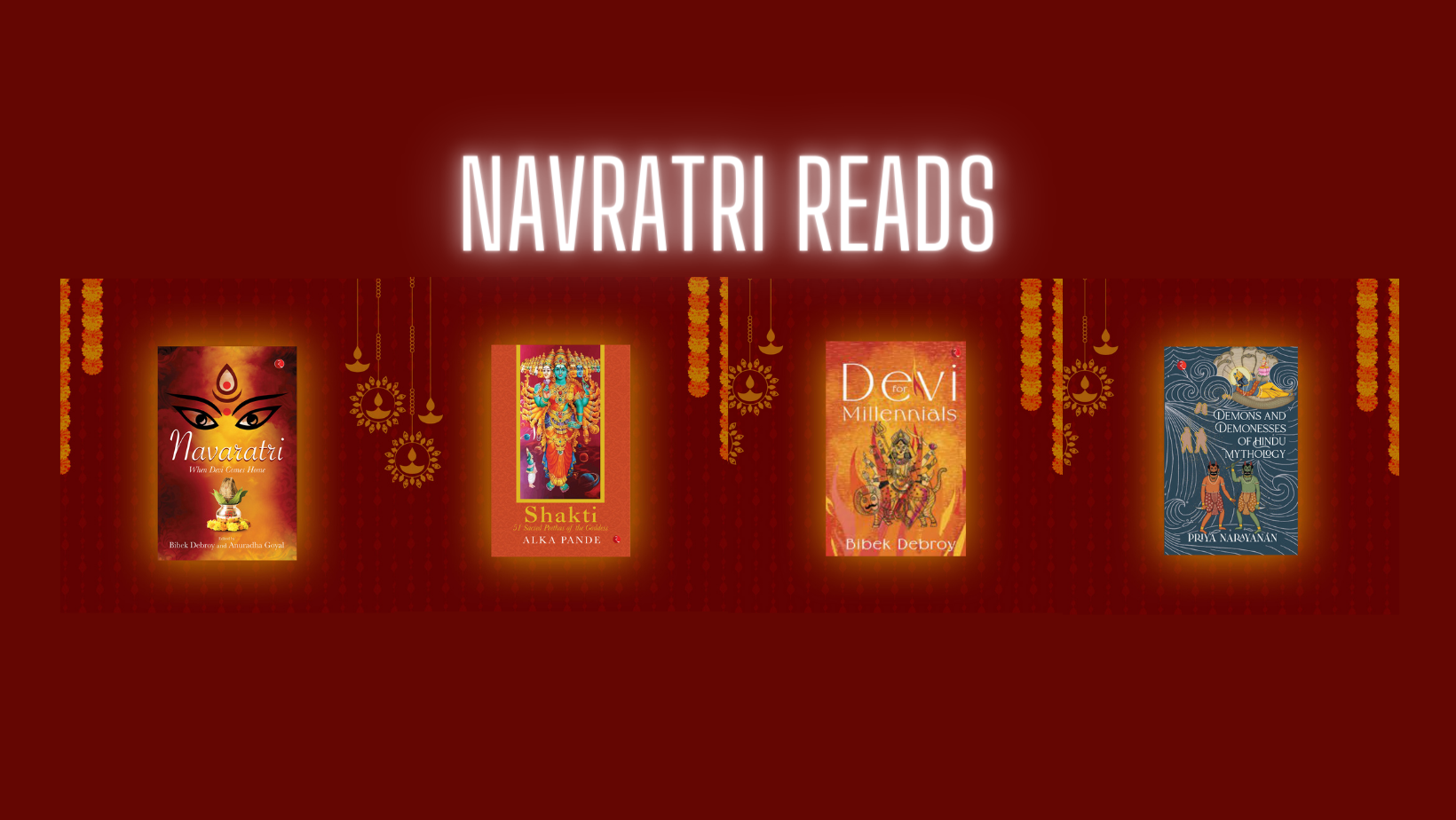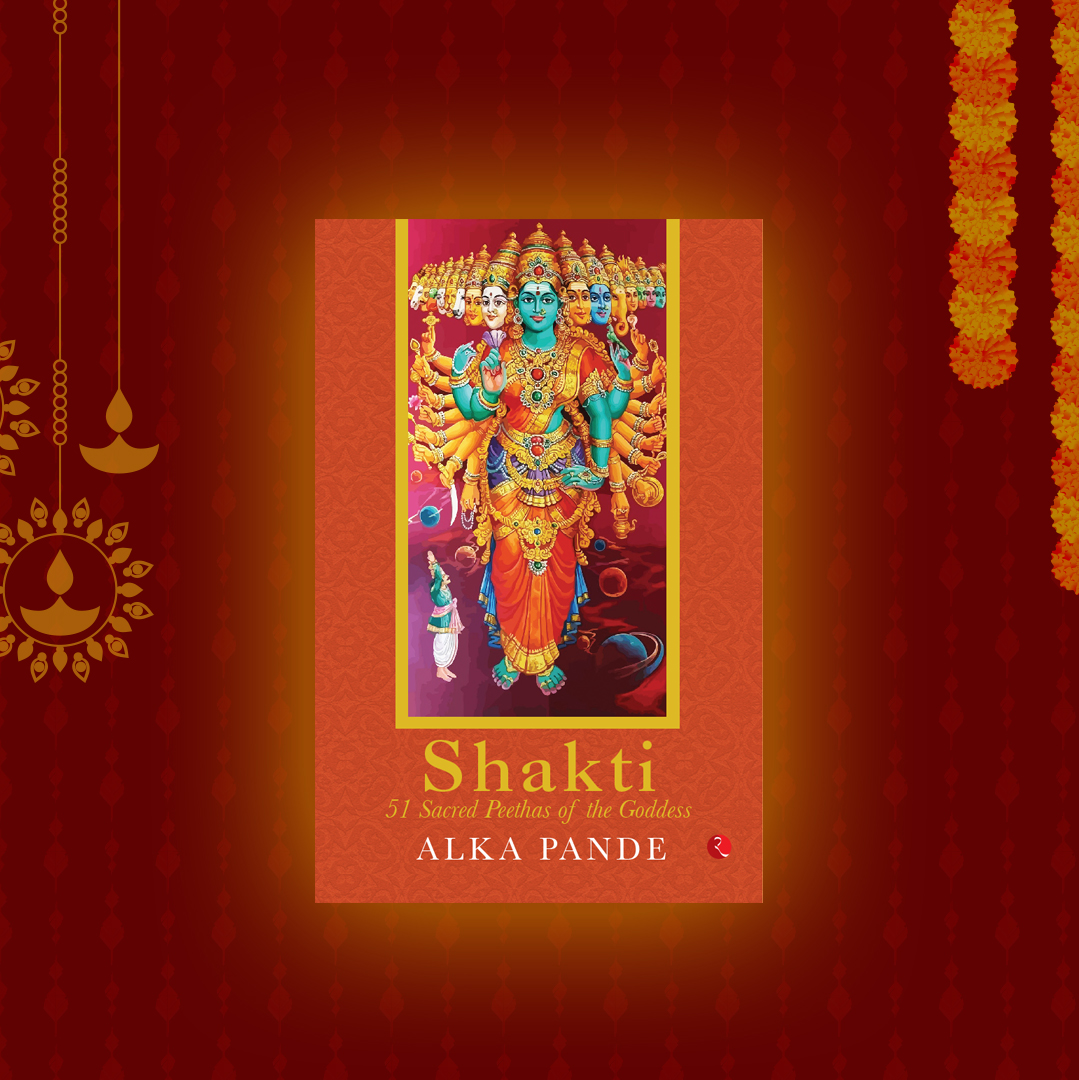Navaratri Reads

NAVARATRI: WHEN DEVI COMES HOME

Like most festivals, Navaratri is also an institutionalized way of nurturing your inner creativity. Devi is always with us. Devi is always inside us. Every year, there are occasions when we celebrate her presence a little more, specially worship her and become a bit more conscious of her presence inside us, and everywhere around us. Navaratri, the nine nights with Devi, is an example. Chaitra and Sharada Navaratris are special occasions when Bharata, with all its diversity, celebrates Devi’s manifestations. Rituals and rites are localized, customs are based on historical legacies and culture, but the template of worship is universal throughout India, and even outside it. Navaratri: When Devi Comes Home documents this diversity in tradition, each specific to one particular part of the country. But, taken together, they resonate with the theme–ya devi sarva-pradesheshu puja-rupena samsthita. Just like diverse manifestations of the Adi Shakti—the eternal Goddess—which Devi is worshipped as, the expression of the celebration changes as you move around the country.
Shakti: 51 Sacred Peethas of the Goddess

This book is devoted to the understanding of the omnipresent and all-powerful shakti and her sacred abodes known as peethas. The story of Devi Sati and Lord Shiva ended tragically with the death of Sati. An angry and inconsolable Shiva took Sati’s lifeless body and started the ‘Rudra Tandava’ or the dance of destruction. To save the world, Lord Vishnu used his ‘Sudarshan chakra’ to cut the body of Sati into 51 pieces and each part fell at different places on Earth and each become a revered shakti Peetha. Renowned writer and historian Dr Alka pande narrates that while the shakti Peetha represent a single philosophical fold, they are a testament to the diverse legends of shakti. Different peethas which became holy at the touch of Sati’s body have survived hundreds of centuries and have kept alive their local folklore of shakti. Together they evoke the mother goddess as both the nourishing and the destructive force behind the existence of the cosmos. The 51 peethas featured in the book can never be an absolute representation of the peethas of the goddess, since the Devi is anywhere and everywhere.
DEVI FOR MILLENNIALS

DEMONS AND DEMONESSES OF HINDU MYTHOLOGY

Did you know that you need a Hayagriva to slay a Hayagriva? Or that living beings can be created from something as gross as ear-wax or sweat? Or that the way you pronounce a Sanskrit word can change your destiny, turning you into a buffalo instead of a queen? Demons and Demonesses of Hindu Mythology takes you millions of years back in time when beings as tall as mountains walked the ground, their every stride causing earthquakes and tsunamis; when they stayed in their mother’s wombs for thousands of years before being born; when they transformed into lions or buffaloes or elephants in the blink of an eye and when encountering beings with five heads, three legs, twenty arms or indeed torsos without heads was not an exception, but the norm. Plunge into the Garbhodaka Ocean where it all started and immerse yourself in the stories of some of the most exotic, magical and powerful asuras and rakshasas in Hindu mythology.

